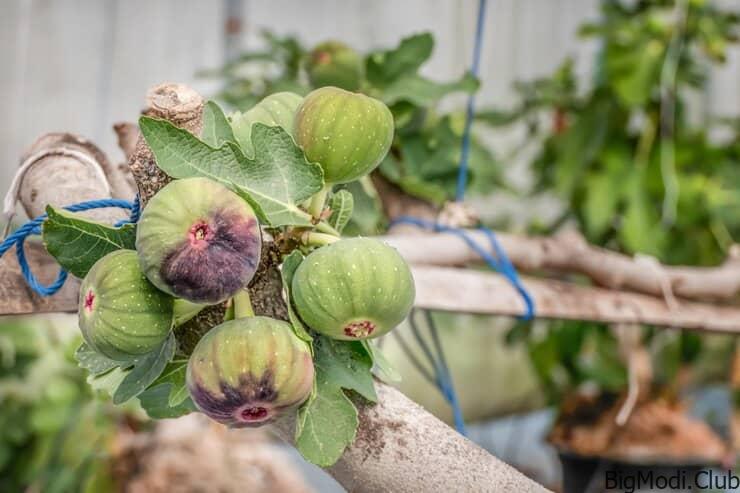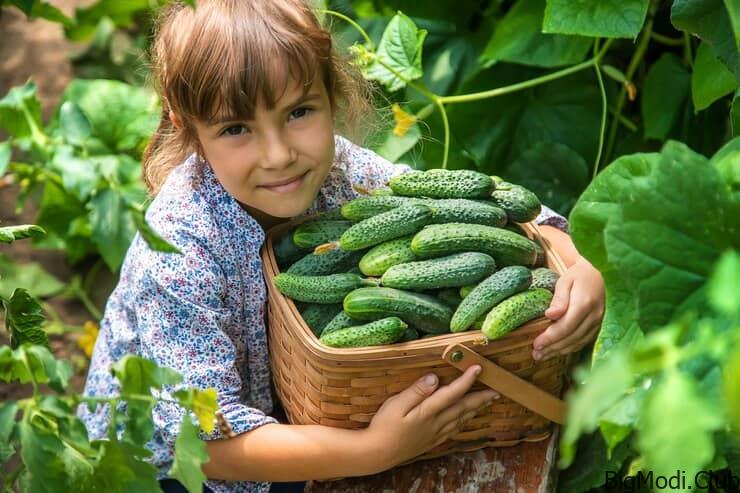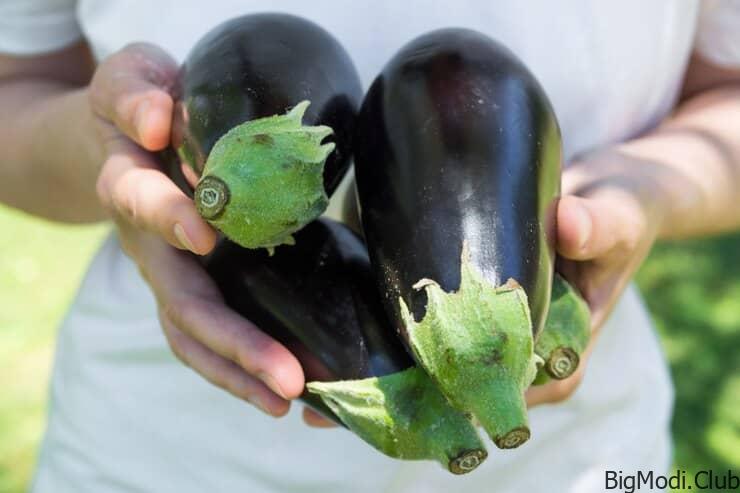In the realm of gardening and agriculture, the use of Styrofoam boxes to grow potatoes has emerged as a peculiar yet remarkably effective technique. While traditional methods prevail, this unconventional approach has piqued the curiosity of enthusiasts and experts alike. Delving into the science behind this phenomenon unveils a fascinating secret that propels the production of abundant tubers. Let’s embark on an exploration to understand the rationale behind the success of using Styrofoam boxes for cultivating potatoes.
A Brief Overview about The Science of Potatoes:
Before diving into the intricacies of Styrofoam boxes, it’s imperative to comprehend the fundamentals of potato cultivation. Potatoes (Solanum tuberosum), belonging to the Solanaceae family, are one of the world’s most consumed staple crops. Their growth cycle involves several critical factors, including soil conditions, moisture levels, temperature, and nutrient availability. Traditionally, potatoes are cultivated in open fields or raised beds, offering ample space for their sprawling growth.
Unraveling the Mystery: Styrofoam Boxes and Potato Growth
Optimal Insulation and Temperature Regulation
The primary allure of using Styrofoam boxes lies in their unparalleled insulation properties. These lightweight containers effectively shield the soil and plant roots from extreme temperature fluctuations, maintaining an optimal environment for potato growth. Unlike traditional methods where soil temperature can fluctuate dramatically, Styrofoam boxes create a stable microclimate conducive to robust tuber development.
Enhanced Moisture Retention
Another pivotal aspect contributing to the success of Styrofoam boxes is their ability to retain moisture. Unlike conventional soil beds that are susceptible to rapid evaporation, the closed environment of these boxes minimizes water loss. This sustained moisture level ensures consistent hydration for the potato plants throughout their growth cycle, fostering healthier foliage and facilitating the formation of abundant tubers.
Space Optimization and Root Development
In addition to insulation and moisture retention, Styrofoam boxes offer a pragmatic solution for space-constrained environments. Their compact design allows for vertical stacking, maximizing the utilization of limited space. Furthermore, the confined quarters promote denser root growth, enabling potatoes to establish a robust root system within a confined area. This concentrated root development is instrumental in enhancing nutrient uptake and supporting vigorous tuber formation.
Protection Against Pests and Diseases
One often overlooked benefit of utilizing Styrofoam boxes is the inherent protection they offer against pests and diseases. The enclosed structure acts as a natural barrier, shielding the potato plants from potential threats such as soil-borne pathogens and pest infestations. This reduced risk of disease transmission and pest damage contributes to higher yields and healthier potato crops.
In conclusion, the utilization of Styrofoam boxes for growing potatoes unveils a hidden secret that transcends conventional wisdom. Through optimal insulation, moisture retention, space optimization, and pest protection, these humble containers foster an environment conducive to prolific tuber production. While traditional methods persist, embracing innovative techniques such as Styrofoam box cultivation offers a pathway to unlocking nature’s full potential. As we continue to explore and innovate in the realm of agriculture, let us not overlook the simple yet profound secrets that nature has to offer.



